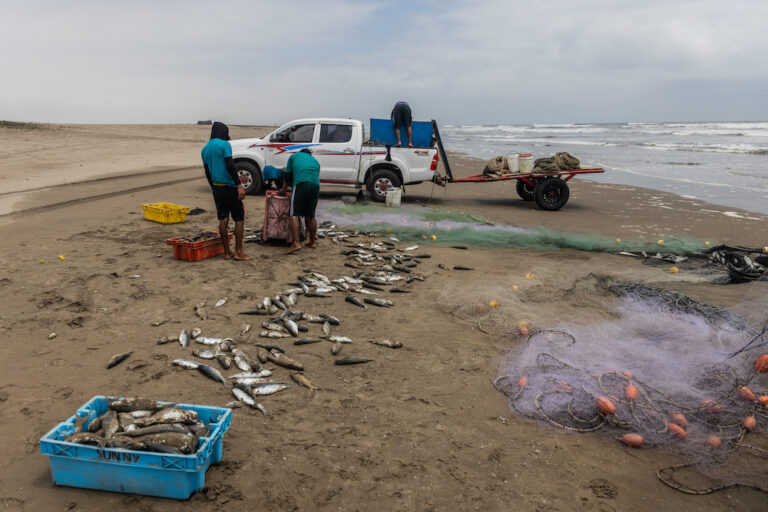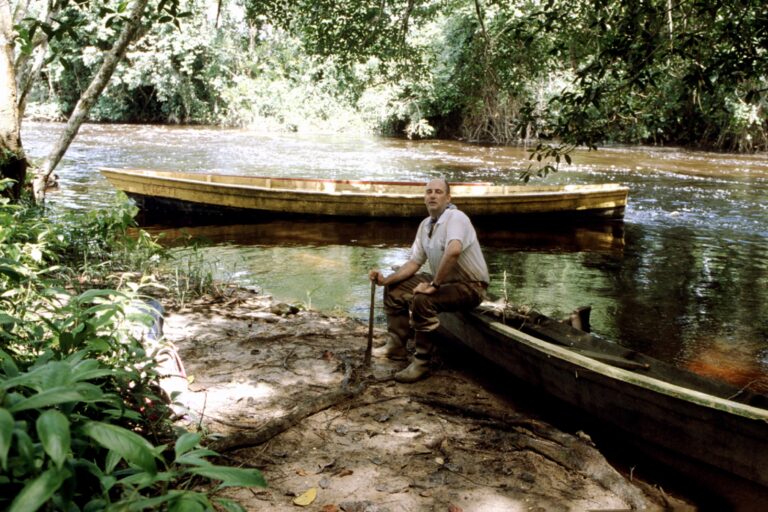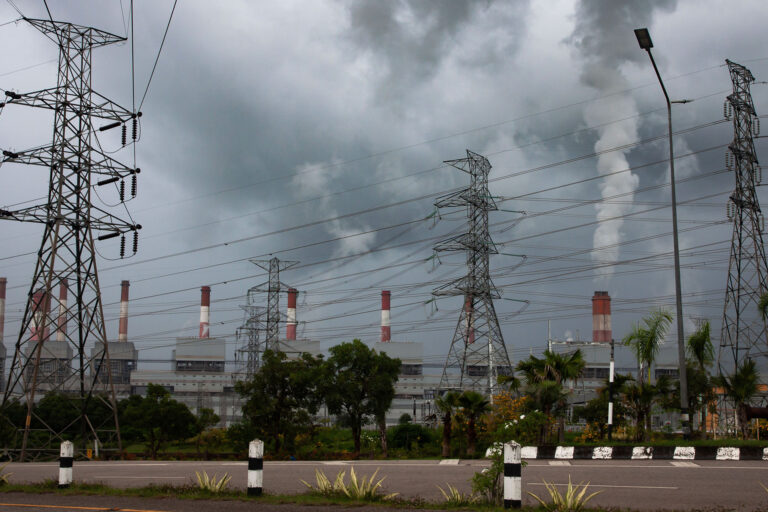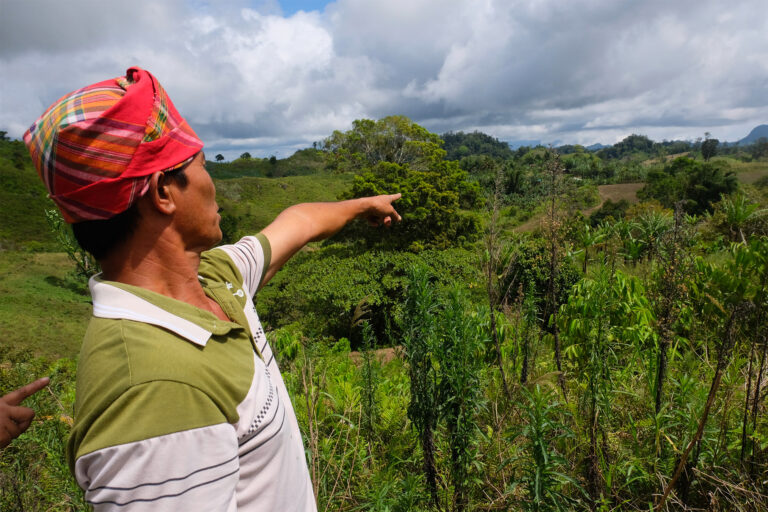- Millions of people depend on coral for their nutritional health and well-being.
- But we are damaging coral reefs today: with sediment that flows from rivers, caused by development and deforestation on land; with overfishing that upsets the delicate balance of species on reef; with chemicals, like cyanide, that are used to catch fish when there are few left to catch; with the rise in temperature caused by our continued dependence on fossil fuels.
- There is reason for hope, though. Some coral reefs around the world are stronger, more flexible, and more resilient than others to changes and threats in their environment. These reefs need to be protected.
- This post is a commentary. The views expressed are those of the author, not necessarily Mongabay.
Some corals look like giant boulders, others like branching trees—anything but what they actually are: animals. That is, unless you are lucky enough to see coral at night, when their polyps open and feed in the ocean current. It’s an awe-inspiring sight.
Coral reefs are important places, too, as habitats that provide food and shelter to thousands of species of reef fish, anemones, mollusks, sea cucumbers, sea urchins, tiny crabs, octopus, cnidarians, soft corals, and more.
There are around 800 known species of reef-building corals in the world. Though we think of reefs as tropical places, they can be found further north—like deep in the cold, Atlantic waters off New York.

Millions of people depend on coral for their nutritional health and well-being, chiefly by fishing for the marine life that depends on reefs. By protecting reef habitats, conservation efforts help fish populations to recover—in the process improving both local livelihoods and ensuring a future for intact coral reefs.
Corals also drive a tourism industry that attracts thousands of snorkelers and divers every year. A 2017 study estimated that industry to be worth some $35.8 billion annually. Seventy countries have reefs that generate more than a million dollars per square kilometer.
But we are damaging coral reefs today: with sediment that flows from rivers, caused by development and deforestation on land; with overfishing that upsets the delicate balance of species on reef; with chemicals, like cyanide, that are used to catch fish when there are few left to catch; with the rise in temperature caused by our continued dependence on fossil fuels.
A recent report from the IPCC (International Panel on Climate Change) presents a bleak future devoid of coral reefs completely. It is hard to overstate the devastating impact that would stem from a loss of all coral.
There is reason for hope, though. Some coral reefs around the world are stronger, more flexible, and more resilient than others to changes and threats in their environment. These reefs need to be protected.
If we can remove the other threats to these reefs—if we ensure they are not smothered in sediments, that they have a healthy and balanced complement of fish and invertebrates, that they are not poisoned or dynamited—then they have a much better chance of surviving and adapting to other environmental changes like climate change.

For decades, WCS has been investigating what makes some reefs more resilient to rising ocean temperatures and environmental toxins. To take just one example, Colombia’s Varadero reef—tucked away in the entrance to the Cartagena harbor—has survived degradation of nearby waters and temperatures up to 100°F—several degrees higher than the survival limit for most corals.
These reefs can shed light on the ways in which some corals might survive climate change and pollution. Scientists want to understand the genetics, evolution, and ecology of these corals–and the marine life they support–in order to learn how they have managed to hang on under conditions that so many other corals cannot tolerate.
Coral reefs off Vamizi Island in the northern Mozambique Channel escaped a devastating marine heat wave and mass bleaching event in 1998, cooled by ocean gyres in the shadow of Madagascar. As my colleague Emily Darling has written, “These reefs are the gems of the Western Indian Ocean and require management in the face of overfishing, land-based stressors, and oil and gas developments.”

This week, the Our Oceans Conference is taking place on the coral reef-dependent island of Bali, Indonesia. We’ll be there to reaffirm our commitment to protecting coral around the globe. That includes in Indonesia and Papua New Guinea, both found at the heart of the Coral Triangle (which has the highest diversity of corals in the world); in Fiji, where local people have depended upon coral reefs for their identity and livelihoods for hundreds of generations.
That includes Kenya, Tanzania, and Madagascar in the Western Indian Ocean where millions of coastal people depend on coral reefs for food and sustenance; and the Caribbean nations of Belize, Nicaragua, and Cuba, with thousands more people relying on coral reefs for their daily livelihoods.
This work is urgent. The stakes are high. Let’s make sure people understand just how fragile are these incredible and misunderstood animals that millions rely upon before it’s too late.
Cristián Samper is President and CEO of WCS (Wildlife Conservation Society).













